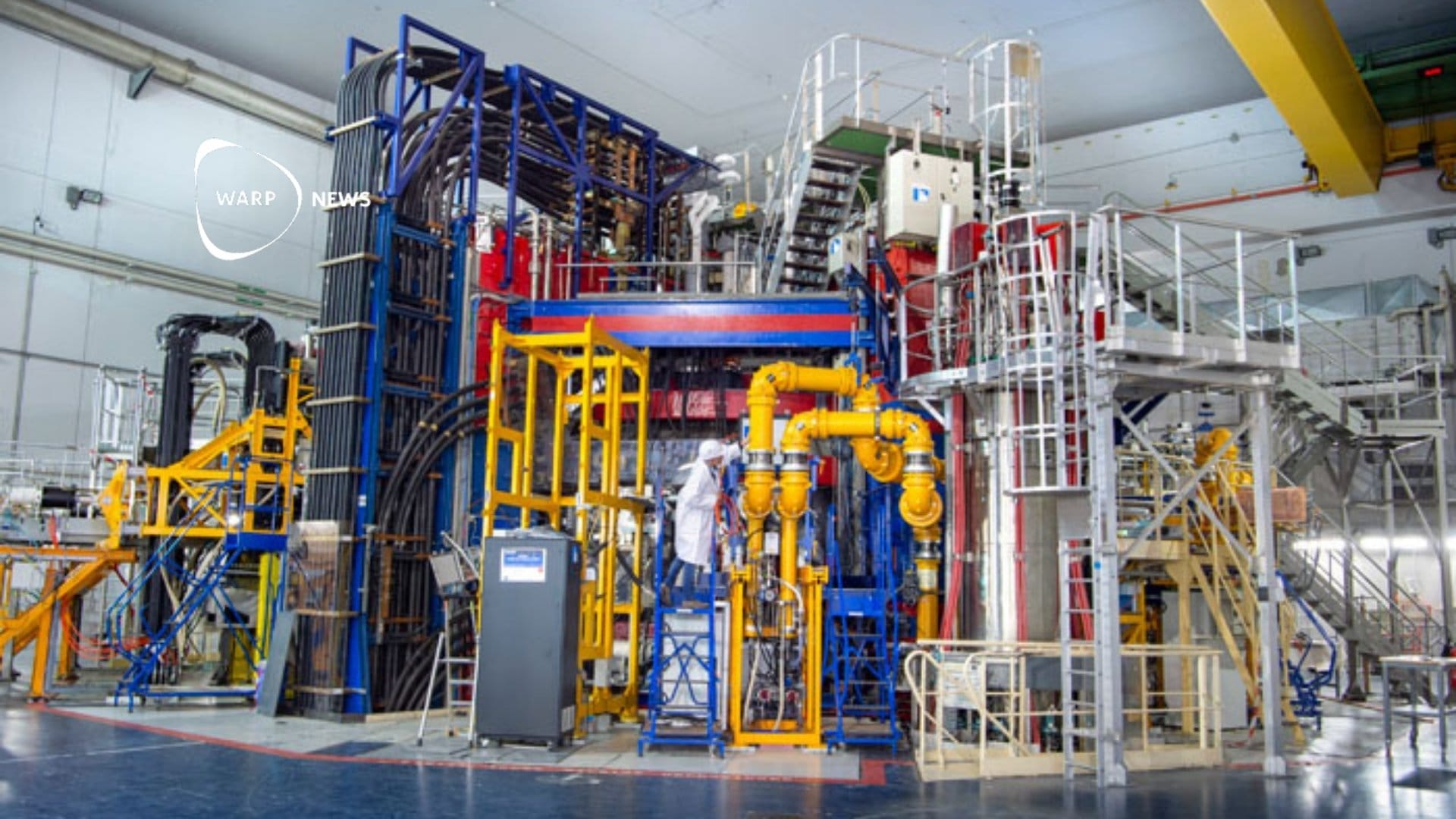
🔋 New supercapacitor uses polymer from plants to charge faster
New supercapacitor charges faster and holds more charge with the help of materials from nature.
Share this story!
Electrodes and capacitors have become an increasingly important part of our lives as we both get more electrical gadgets that need to be charged and we electrify our vehicle fleet and other parts of our everyday lives. Electrical equipment thus becomes dependent on substances that are not always available, cheap or environmentally friendly in the long run.
To make our electrified everyday life more sustainable, there have long been goals to introduce more natural, renewable materials in manufacturing. The disadvantage is that these materials do not always have well-explored and known electrical properties. Every time new materials become available with known, stable properties, it is therefore a success.
Recently, a research team presented a solution for creating superelectrodes with manganese dioxide and lignin , a polymer that occurs naturally in wood and acts as a binder. By chemically treating the lignin and reacting it with the manganese dioxide, and then combining it with aluminum, a working electrode was created that can be used in supercapacitors.
Supercapacitors are large capacitors and have the task of holding an electric charge until it is time to discharge it, and function in the same way as batteries. The difference from regular batteries is that supercapacitors can charge and discharge much faster , which makes it possible to reduce the charging time significantly. The advantage of the new supercapacitor is that, at the most optimal mixture of lignin and manganese dioxide, it can hold about 900 times more electric charge than that measured for previous supercapacitors.
Photo: Hong Liang / Texas A&M
By becoming a premium supporter, you help in the creation and sharing of fact-based optimistic news all over the world.


